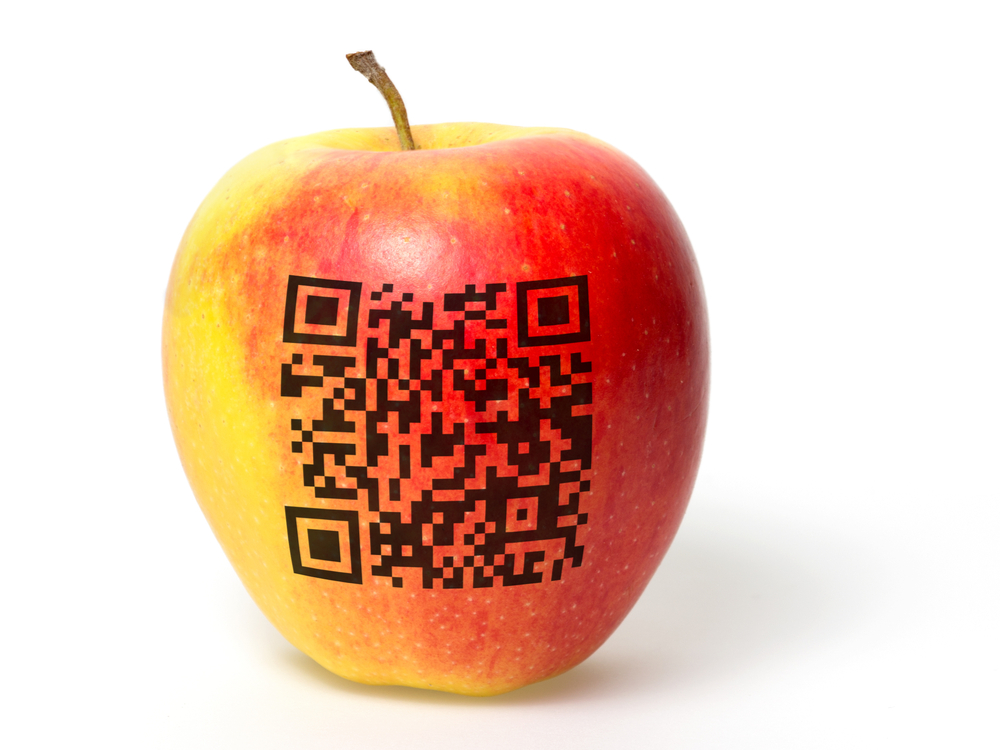
A few years ago, a flurry of QR codes appeared on produce packages, with the promise of improved traceability and the ability for consumers to learn the provenance of their products. Scanning the codes on your smart phone was intended to connect you with the grower, through graphics and even videos, showing the exact location where the product was grown, and even the specific harvest worker who picked your strawberries, for example.
Sadly, in most cases QR codes now display only generic information about the brand owner, with information similar to that which you can find on their website. So, what happened?
First, it takes a great deal of effort by the brand owner, grower and packaging company, to be correctly assign a unique QR code such that it links the individual package back to the exact location, date and time of the harvest. Packaging companies must print individual unique QR codes on each plastic bag or clamshell container, or individual labels can be printed and attached at some point in the process. After that, accurate data must be entered in to a computer system, such that it connects the specific package identifier with the specific harvest data. This can be difficult in a manual process, where getting the product out of the ground and into a refrigerated cooler, is critically important in maintaining freshness.
In addition, software and a website must be created so that when a consumer scans the QR code, the correct data is displayed on the phone. This technology is relatively straight forward and was developed by several companies almost ten years ago. The key is that is must be implemented and used in every situation.
Accurate data must be created and saved for every item. This is easier for some products than others. For products in hard packaging, like berries, it tends to be easier as labels or printing directly onto the packaging, is relatively straight-forward. For product in plastic bags, it’s harder but has been done, for grapes as an example. For product s without packaging it can be very difficult.
One disappointing aspect of the QR experiments that many brands have tried, has been that barely any consumers actually scanned a code. One company’s data suggested less than one quarter of one percent looked up a QR code. Some suggested that this was due to the need to download an app, for the phone to be able to scan the QR code. This was true a few years ago but is no longer true; most phones will detect a QR code automatically.
As a result of this, and the cost of implementing unique QR codes, some brand-owners have changed the QR code to be non-specific. The result is that scanning the code displays generic product information, versus information about your specific product. Thus, the technology has migrated from part marketing and part traceability to being 100% marketing.
One notable success, early in the development, were the strawberry growers. Their berry clamshells used to have QR codes which when scanned, took the consumer to information that was specific to a pack of berries. Sadly, of the ones tested recently, all took the consumer to generic page, soliciting the name, address and email address of the user, in order to increase their marketing reach.
The current answer to the question posed “Can a consumer scan the QR code on a package of salad and see the exact source of the product?”, appears to be ‘No. There is good news, however. Several companies, including Procurant, are working hard to change the answer. There are signs of renewed energy around improving traceability. They may be spurred on by recent romaine recalls, or perhaps by new technologies such as blockchain or DNA applications. In any event, it is a real possibility that in the near future we will be able to see the provenance of our products, all by scanning a QR code.
These Stories on Food Safety
Procurant USA LLC
475 Alberto Way - Suite 230
Los Gatos, CA 95032
1-669-221-1026
info@procurant.com
